While it is true that most dogs are strongly attracted in a positive way to children, the truth is that a good relationship between kids and dogs is something that rarely comes about without some work. Most children who are bitten by dogs are bitten by the family pet, and while it might be easy to blame the pup, it is actually primarily the fault of the adults who have not provided the leadership and guidance that both dogs and children need.
Small children, especially, have no concept that they might be abusing the dog when they pull on its ears or poke their finger into its eyes. Babies have a grasping instinct that could lead them to inadvertently pinch the dog. Some breeds, including breeds like French and English Bulldogs, and English Mastiffs will tolerate just about any punishment that comes their way from a child, but other breeds will not be so patient.
The adults in the household should teach the children the proper way to behave with a dog, and even babies can be taught (through positive reinforcement) that they should not ever pull or pinch your pet. Any striking of the dog by a child is totally unacceptable, and this sort of behavior should never be tolerated. Small dogs are often looked upon as toys by children who are too young to really understand that the dog is a living being.
Because of the possibility of harm being done to either, it is best not to leave a child under the age of 7 or 8 alone with a dog. Parents should never leave a baby or toddler alone with the dog, even for a few minutes.
It is quite true that children need to learn the proper way to behave with dogs, but your pup must also learn that even the smallest baby is above them in 'rank'. A dog that believes that it is superior to a human member of the home will simply be more likely to bite than one that views humans as superior. Use positive reinforcement as much as possible when accustoming your pet to its household status, but time out in a crate or correction with a sharp word may also be necessary. A pup that has received obedience training is much less likely to cause problems than one that has not.
In order to prevent problems arising when a new baby is brought into the home, make the dog a part of the preparations. Dogs are just as likely to become jealous as an older child will be when a baby arrives if they are deprived of the attention they have previously been getting. After the baby is born, have the father bring home a blanket or article of clothing the baby has been wearing to let your pet become familiar with the baby's scent. Let the dog be part of baby care by keeping it close while feeding, bathing, and changing the baby. And, once again, do not ever leave the baby alone with the dog.
Children will often make a beeline to a dog when they see one outside. However, a strange dog is an unknown factor and kids should be taught never to approach a dog they do not know. They should always ask the owner's permission to pet the dog.
Teach children that a growl means 'No' in dog language and to back off if any dog growls at them. Likewise, if a dog rushes at them, they should never run - it will make them into prey. It's best to stay where they are, lower their eyes, and slowly back away.
Taking a bit of time and effort to train both dogs and children in a home can mean that there will be less likelihood of conflict between them.

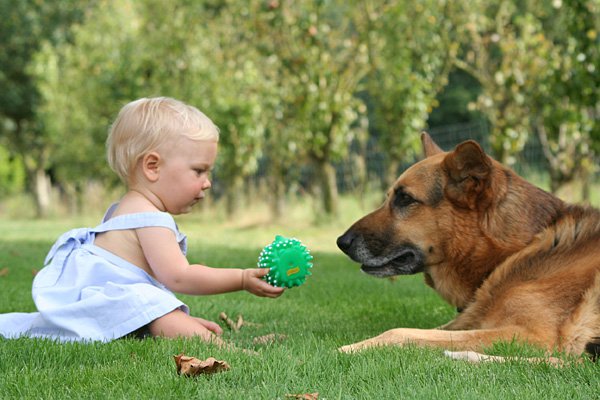 A Few Things that You Need to Know About Pet Vaccinations
A Few Things that You Need to Know About Pet Vaccinations
A Few Things that You Need to Know About Pet Vaccinations
A Few Things that You Need to Know About Pet Vaccinations
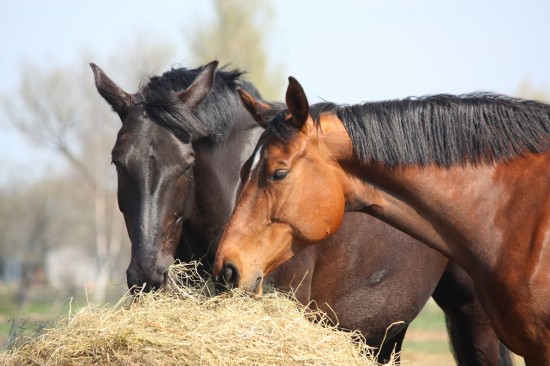 Herbs And Horses - The Benefits
Herbs And Horses
Herbs And Horses - The Benefits
Herbs And Horses
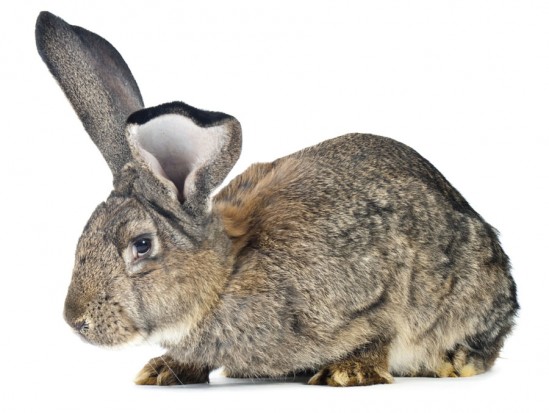 Giant Rabbits - The Next Big Thing?
Giant Rabbits - T
Giant Rabbits - The Next Big Thing?
Giant Rabbits - T
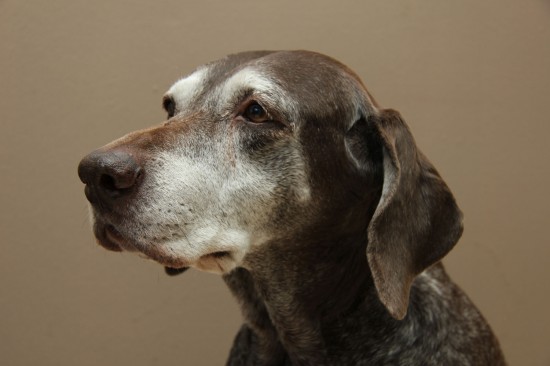 Diagnosis And Management Of Dementia In Dogs
Diagnosis And Man
Diagnosis And Management Of Dementia In Dogs
Diagnosis And Man
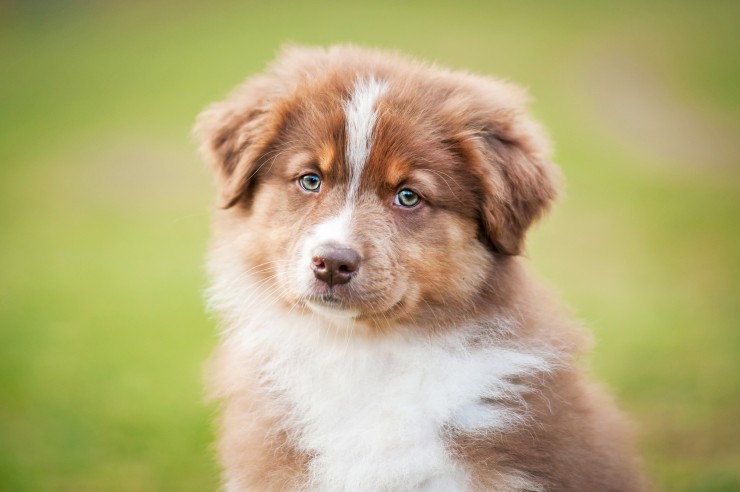 Identifying And Diagnosing Canine Herpesvirus In Puppies
Identifying And D
Identifying And Diagnosing Canine Herpesvirus In Puppies
Identifying And D